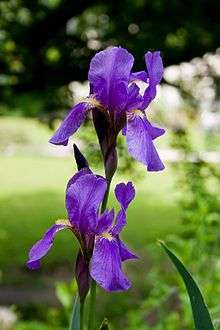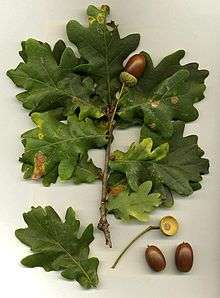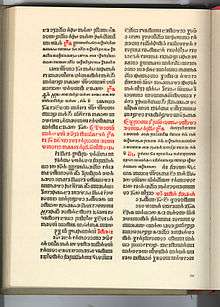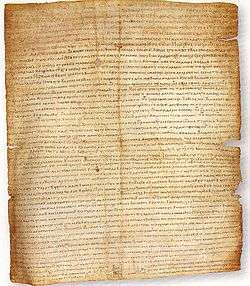National symbols of Croatia
| Part of a series on the |
| Culture of Croatia |
|---|
 |
| People |
|
Traditions |
|
Mythology and folklore |
| Literature |
|
Music and performing arts |
| Sport |
|
Monuments |
|
Organisations |
|
The national symbols of Croatia are flags, coat of arms, icons or cultural expressions that are emblematic, representative or otherwise characteristic of Croatia or Croatian culture.
Flags
 |
Flag of Croatia. The red-white-blue tricolour has been used as the Croatian flag since 1848, and it was first officially used as an installation flag of ban Josip Jelačić. Red and white color come from Croatian coat of arms and the blue color comes from the Coat of arms of Dalmatia and Slavonia. |
 |
Presidential Flag of the Republic of Croatia. In use since November 1, 1990. |
Anthem
|
Lijepa naša domovino" ("Our Beautiful Homeland") is the national anthem of Croatia. Its opening words, "Lijepa naša" ("Our Beautiful"), are widely used as a metonym for Croatia.
The original lyrics were written by Antun Mihanović and first published under the title "Horvatska domovina" ("Croatian homeland") in 1835. The complete song was first recorded and harmonized by Vatroslav Lichtenegger in 1861 in Zagreb, and it was first performed as the Croatian anthem in the same year, under the title "Lijepa naša". | ||||
Heraldry
 |
The coat of arms of Croatia consists of one main shield and five smaller shields which form a crown over the main shield. The main coat of arms is a checkerboard (chequy) that consists of 13 red and 12 silver (white) fields. It is commonly known as šahovnica ("chessboard", from šah, "chess" in Croatian) or grb (literally coat of arms). The five smaller shields represent five different historical regions within Croatia. It is first recorded in 1495 in Innsbruck (Herzog-Friedrichstrasse 35) but the oldest source confirming the coat as an official symbol is a genealogy of the Habsburgs, dated from 1512 to 1518. |
Flora and fauna
 |
The Marten is the national animal of Croatia.[1] |
 |
The Iris croatica is the national flower of Croatia. |
 |
The Slavonian oak is the national tree of Croatia. |
People
 |
Saint Joseph is the patron saint of Croatia. |
Unofficial symbols
.svg.png) |
Unofficial flag of the Croatian people. It can have two versions of the Croatian coat of arms - with the first white field or the first red field. It is usually seen in sport events as it is very popular among sport fans. The flag was briefly used by the Croatian authorities before the modern flag was adopted.[2] |
 |
The Croatian wattle, also known as the pleter or troplet, is an important pattern of medieval Croatian culture. The wattle is found in virtually all examples of Croatian culture of greater or lesser importance of the time. It is mainly found on and within churches built by the Croats between the 9th and 12th century as well as monasteries from that time. |
 |
Croatian Glagolitic script, special square form of Glagolitic script developed in Croatia. |
 |
Croatian Cyrillic script, special form of Cyrillic script developed in Croatia. |
| |
Velebit is the largest though not the highest mountain range in Croatia. Its highest peak is the Vaganski Vrh at 1757 m. Velebit mountain range is famous for its fairies, the most celebrated called Velebitska Vila or Vila Velebita ("The Fairy of Velebit"). The Vila is described as being a good spirit, and is the patron of the Velebit mountain range, whose significance in Croatian culture has led to tales and songs of the Vila, the most popular one created in the 19th century titled Vila Velebita, which is still popular today. |
References
- ↑ [Bousfield, Jonathan (2003). Croatia. Rough Guides. p. 72. ISBN 1843530848. Retrieved 4 July 2013.]
- ↑ SRH preimenovana u RH [Socialist Republic of Croatia is renamed to Republic of Croatia] (Motion picture, TV kalendar). Zagreb, Croatia: Croatian Radiotelevision. 1990-06-20.
